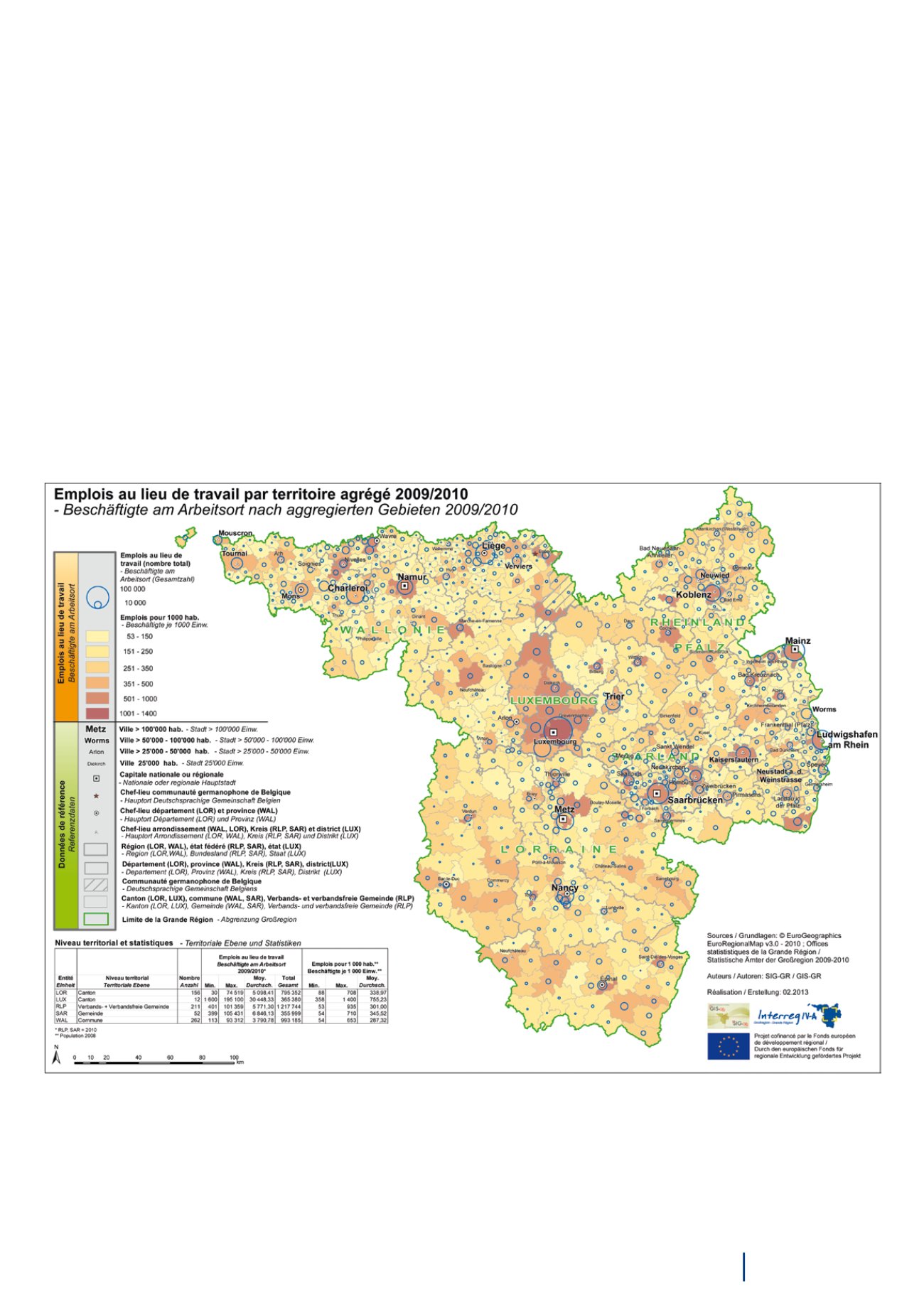

Cross-border
economic
development
89
Cross-cutting themes in cross-border economic development
Clusters, emblematic of the structuring character of the inter-territorial
links can also be developed on a cross-border dimension. Strengthening
the social capital of the new regions, synergies and economies of scale
referred to by the note, should also be sought beyond national borders.
Regions and metropolitan areas need to work together in a more specific
manner in border regions, where part of the urban/metropolitan area
network may be situated on the other side of the border, so consideration
needs to be given to cross-border systems. In a competitive environment,
including as regards macroeconomic framework conditions (taxation
and social legislation), such systems will not always and immediately
give rise to economic strategies that are fully cooperative.
However, they should give rise to cooperative strategies when it comes
to territorial development. Such strategies are already in place on some
of the borders looked at here.
In Geneva or Basel, the cross-border conurbation implements a
coordinated urban planning approach including identifying transport
infrastructures co-financed by the partners on both side of the border –
the Swiss federal level thus co-finances infrastructure of the German
or French side. This illustrates a cooperative approach on economic
development conditions.
By encouraging the mobility of workers, apprentices and students,
as well as businesses and consumers, by means of cooperative
policies in the areas of territorial development and transport,
employment and training, and research and innovation, public
players can foster more inclusive and sustainable development in
cross-border territories.



















